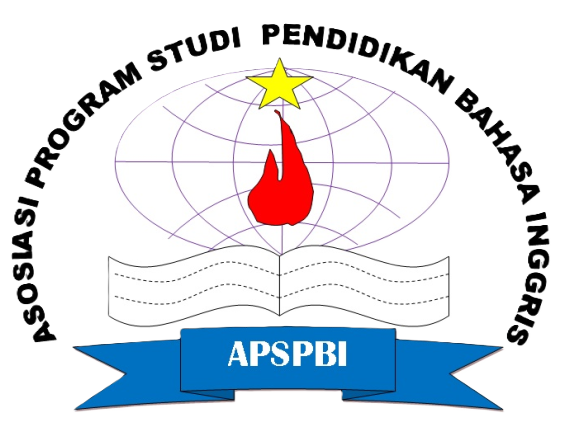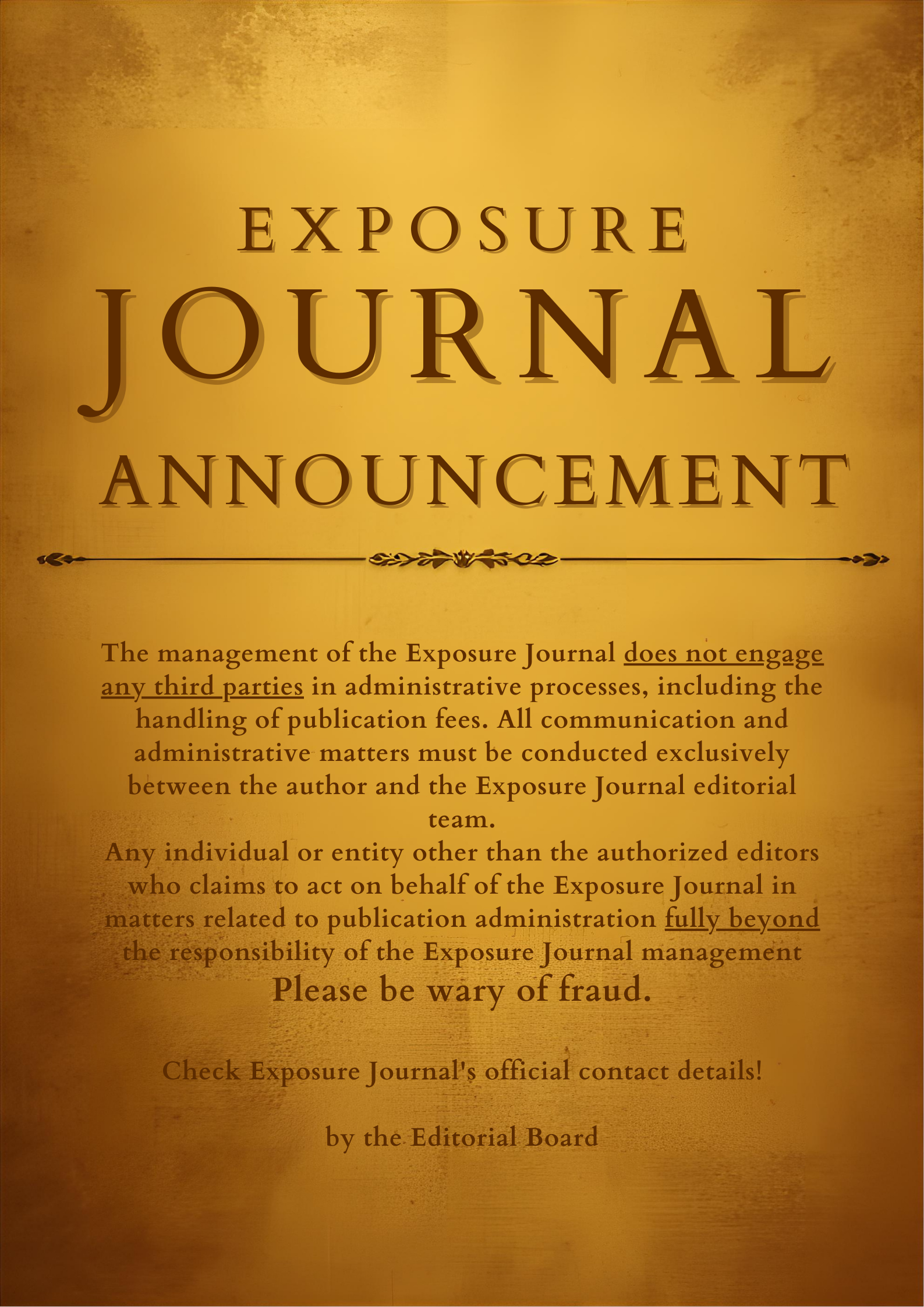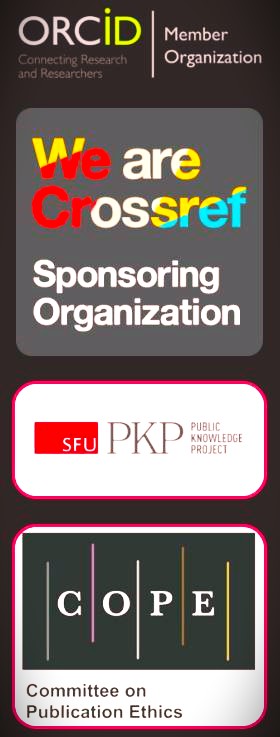ASSESSING THE ACQUISITION OF CLAUSE CONNECTORS BY THE FIRST SEMESTER STUDENTS OF STMIK PRIMAKARA IN ACADEMIC YEAR 2019/2020
DOI: https://doi.org/10.26618/exposure.v9i2.3856
Evaluation, acquisition, clause connectors.
Abstract
The aim of this study is on evaluating the ability of students of STMIK Primakara in the academic year 2019/2020 in mastering clause connectors. The norm-referenced measures of five standard values were used to analyze the data. The students were 187 students who have heterogeneous characteristics as the population. In taking the sample, quota random sampling technique was used. There were 30 students determined as the sample of the study by using quota random sampling technique. The data analysis result showed that: (1) 6.67% had excellent ability; (2) 30.00% had good ability; (3) 13.33% had sufficient ability; (4) 46.67% s had insufficient ability, (5) 3.33% had poor ability in mastering clause connectors. If the outcome of the study were applied as the basis for the sample’s degrees, then there was 50.00% who failed in learning and acquiring clause connectors, and the rest 50.00% was good enough in learning and acquiring clause connectors. It meant that the acquisition of clause connectors by the students was sufficient. The data of the study conducted was considered to have fairly amount of validity and reliability, as there were many factors that could interfere the conclusions. The result of the study conducted can help to improve planning for teaching specifically in understanding clause connectors.
References
Altenberg, E. P., & Vago, R. M. (2010). English Grammar Understanding the Basics. New York: Cambridge University Press.
Ary, D., Jacobs, L. C., Sorensen, C., & Razavieh, A. (2010). Introduction to Research in Education (8th ed.). Canada: Wadsworth, Cengage Learning.
Brown, H. D. (2004). Language Assessmment. New York: Pearson Education Inc.
Cohen, L., Manion, & Morrison. (2005). Research Methods in Education. United Kingdom: Taylor & Francis e-Library.
Debata, P. K. (2013). The Importance of Grammar in English Language Teaching: A Reassessment. Language in India, 13(5). Retrieved from www.languageinindia.com
Duffin, E. (2020). The Most Spoken Languages Worldwiden 2019-Erin Duffin. Retrieved from https://www.statista.com/statistics/266808/the-most-spoken-languages-worldwide/
Dykes, B. (2007). Grammar for Everyone-Practical Tools for Learning and Teaching Grammar (ACER Press). Australia.
Dyson, B. (2010). Learner language analytic methods and pedagogical implications. Australian Review of Applied Linguistics, 33(3). https://doi.org/10.2104/aral1030
Green, C. (2014). On the Relationship between Clause Combination, Grammatical Hierarchy and Discourse-Pragmatic Coherence. Functions of Language, 21(3), 297–332. https://doi.org/10.1075/fol.21.3.02gre
Greenbaum, S., & Nelson, G. (2002). An Introduction to English Grammar (2nd ed.). United Kingdom: Pearson Education Limited.
Gronlund, N. E. (2003). Assessment of Student Achievement. USA: Pearson Education Inc.
Haque, M. M. (2017). Clause and Sentence : Correlation and Correspondence. International Journal of Innovation and Research in Educational Sciences, 4(2), 123–129.
Holschuh, L. W., & Swan, M. (1998). Practical English Usage. In The Modern Language Journal (Vol. 82). https://doi.org/10.2307/329223
Huang, D. (2015). Graduate Writing Center Yale Center for Teaching and Learning Linking Words (Conjunctions and Connectors). (May). Retrieved from https://ctl.yale.edu/sites/default/files/files/GWC_LinkingWords-1.pdf
Huddleston, R., & Pullum, G. K. (2007). A Student’s Introduction to English Grammar (3rd ed.). New York: Cambridge University Press.
Jackson, H. (2005). Good Grammar for Students. London: SAGE Publications Ltd.
Kusumawardhani, P. (2017). The Analysis Of Conjunctions In Writing An English Narrative Composition : A Syntax Perspective The Analysis Of Conjunctions In Writing An English Narrative Composition : A Syntax Perspective. (October).
Namaziandost, E. (2019). The Assessment of Oral Proficiency through Holistic and Analytic Techniques of Scoring: A Comparative Study. Applied Linguistics Research Journal, (May). https://doi.org/10.14744/alrj.2019.83792
Nelson, G. (2002). English An Essential Grammar. New York: Taylor & Francis e-Library.
Saaristo, P. (2015). Grammar is The Heart of Language: Grammar and Its Role in Language Learning Among Finnish University Students. Voices of Pedagogical Development – Expanding, Enhancing and Exploring Higher Education Language Learning, 279–318. https://doi.org/10.14705/rpnet.2015.000296
Straaijer, R. (2016). Attitudes to prescriptivism: an introduction. Journal of Multilingual and Multicultural Development, 37(3), 233–242. https://doi.org/10.1080/01434632.2015.1068782
Swick, E. (2009). English Sentence Builder. https://doi.org/978-0-07-159961-0
Verspoor, M., & Sauter, K. (2000). English Sentence Analysis. Amsterdam: John Benjamins Publishing Company.
Virén, L. (2016). PRESCRIPTIVE PRACTICES IN AN ENGLISH-SPEAKING LANGUAGE-ORIENTED ONLINE COMMUNITY: A case study of Your Grammar Sucks videos. (June).
Wang, F. (2010). Necessity of Grammar Teaching. International Education Studies, 3(2), 78–81. https://doi.org/10.5539/ies.v2n2p184
Downloads
Published
How to Cite
Issue
Section
License
Authors who publish with this journal agree to the following terms:
In order to assure the highest standards for published articles, a peer review policy is applied. In pursue of the compliance with academic standards, all parties involved in the publishing process (the authors, the editors and the editorial board and the reviewers) agree to meet the responsibilities stated below in accordance to the Journal publication ethics and malpractice statement.
Duties of Authors:
- The author(s) warrant that the submitted article is an original work, which has not been previously published, and that they have obtained an agreement from any co-author(s) prior to the manuscript’s submission;
- The author(s) should not submit articles describing essentially the same research to more than one journal;
- The authors(s) make certain that the manuscript meets the terms of the Manuscript Submission Guideline regarding appropriate academic citation and that no copyright infringement occurs;
- The authors(s) should inform the editors about any conflict of interests and report any errors they subsequently, discover in their manuscript.
Duties of Editors and the Editorial Board:
- The editors, together with the editorial board, are responsible for deciding upon the publication or rejection of the submitted manuscripts based only on their originality, significance, and relevance to the domains of the journal;
- The editors evaluate the manuscripts compliance with academic criteria, the domains of the journal and the guidelines;
- The editors must at all times respect the confidentiality of any information pertaining to the submitted manuscripts;
- The editors assign the review of each manuscript to two reviewers chosen according to their domains of expertise. The editors must take into account any conflict of interest reported by the authors and the reviewers.
- The editors must ensure that the comments and recommendations of the reviewers are sent to the author(s) in due time and that the manuscripts are returned to the editors, who take the final decision to publish them or not.
Authors are permitted and encouraged to post online a pre-publication manuscript (but not the Publisher’s final formatted PDF version of the Work) in institutional repositories or on their Websites prior to and during the submission process, as it can lead to productive exchanges, as well as earlier and greater citation of published work (see The Effect of Open Access). Any such posting made before acceptance and publication of the Work shall be updated upon publication to include a reference to the Publisher-assigned DOI (Digital Object Identifier) and a link to the online abstract for the final published Work in the Journal.














